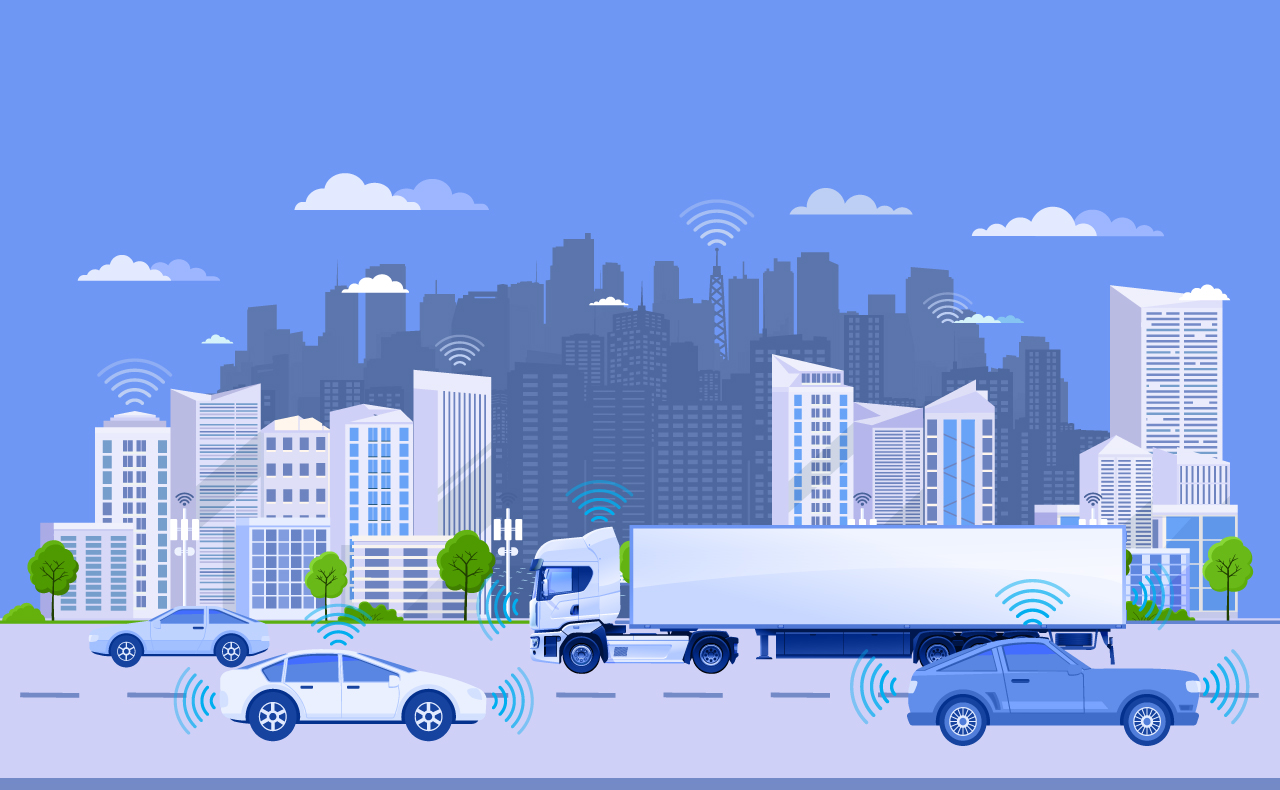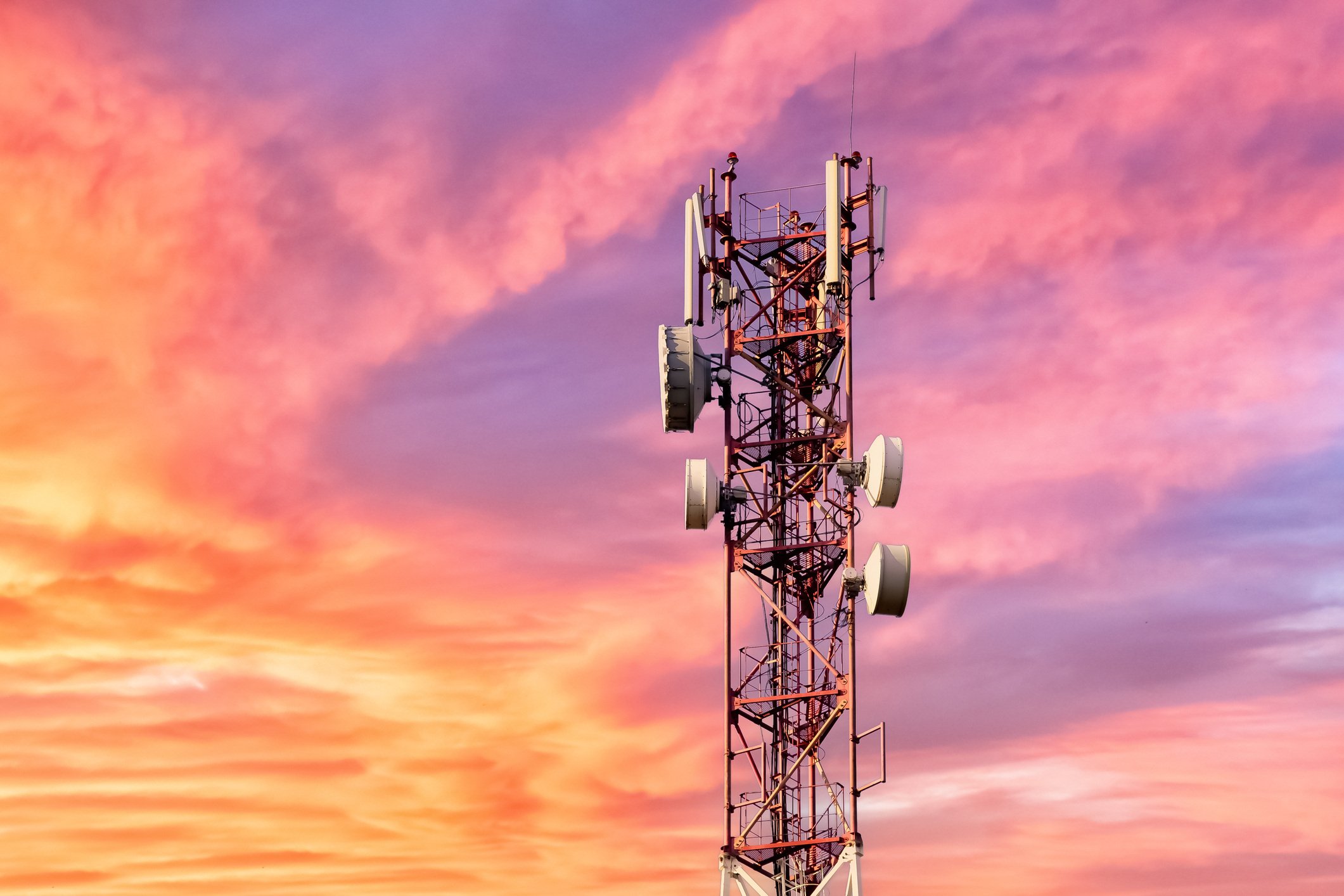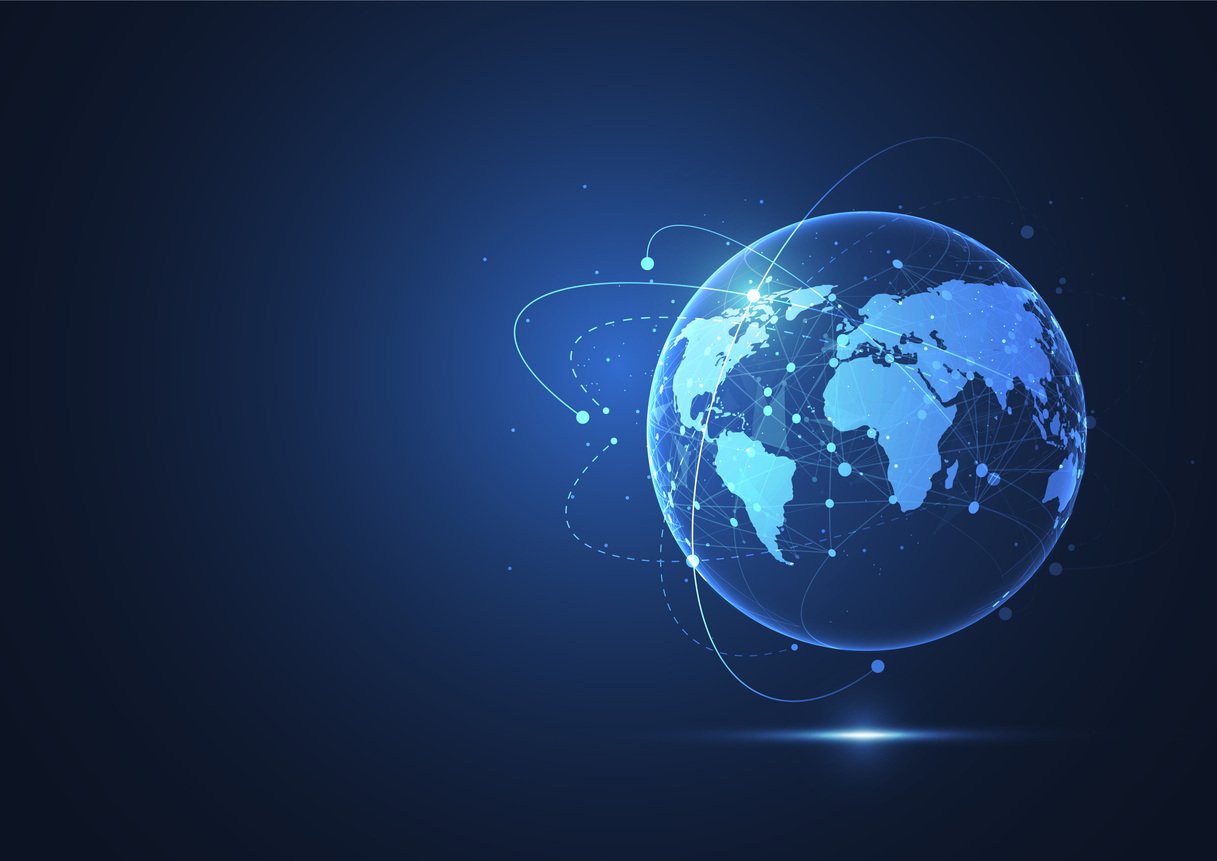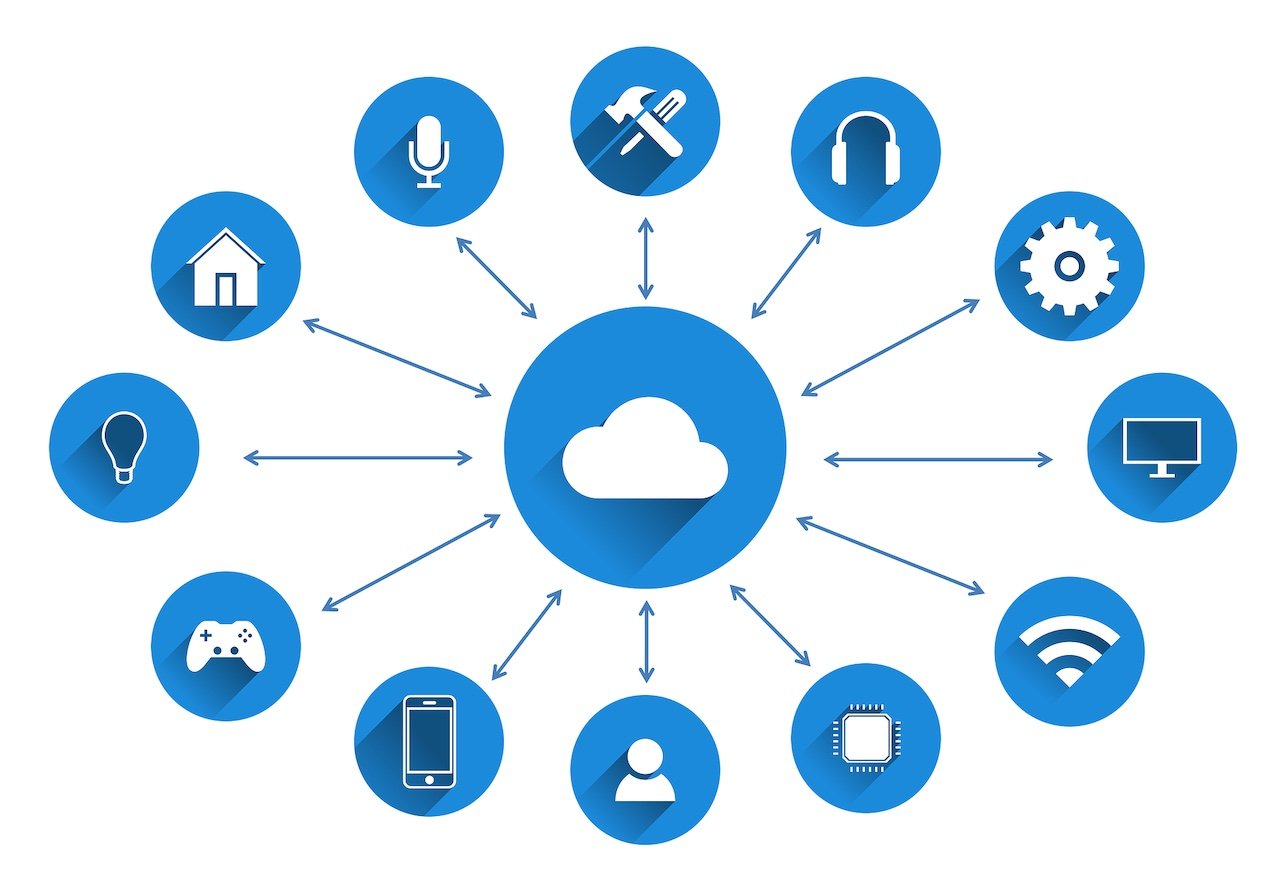
- April 2025 (1)
- March 2025 (2)
- February 2025 (1)
- December 2024 (2)
- November 2024 (2)
- August 2024 (2)
- June 2024 (3)
- May 2024 (3)
- April 2024 (1)
- March 2024 (3)
- February 2024 (2)
- January 2024 (2)
- December 2023 (1)
- November 2023 (2)
- October 2023 (2)
- September 2023 (1)
- August 2023 (1)
- July 2023 (2)
- June 2023 (3)
- May 2023 (2)
- April 2023 (1)
- March 2023 (4)
- February 2023 (1)
- January 2023 (2)
- November 2022 (2)
- October 2022 (1)
- September 2022 (1)
- August 2022 (2)
- July 2022 (2)
- June 2022 (2)
- May 2022 (1)
- April 2022 (3)
- March 2022 (1)
- February 2022 (3)
- January 2022 (2)
- December 2021 (1)
- November 2021 (1)
- October 2021 (2)
- September 2021 (3)
- August 2021 (1)
- July 2021 (4)
- June 2021 (1)
- May 2021 (2)
- April 2021 (2)
- March 2021 (2)
- February 2021 (3)
- January 2021 (3)
- December 2020 (1)
- October 2020 (1)
- August 2020 (1)
- August 2019 (1)
- January 2019 (2)
- September 2018 (5)
- June 2018 (1)
- November 2017 (1)
- September 2017 (1)
- July 2017 (1)
- May 2017 (1)
- January 2017 (1)
- October 2016 (2)
- August 2016 (1)
- July 2016 (1)
- June 2016 (1)
Subscribe by email
Edge computing is getting a lot of attention in the world of IoT. Though we don’t see cloud computing going away anytime soon, if ever, there are several exciting opportunities for edge computing to continue to advance IoT technology. Here’s what you need to know about edge computing, including the capabilities of this technology and examples of it in use today.
What Is Edge Computing?
Edge computing is a model where IoT data that is captured by sensors is then analyzed and stored (at least in part) at or near the physical site where it’s captured. For example, LoRaWAN sensors communicate with a cellular gateway that does some of the computation on the device (“at the edge”) before transmitting some information back to a cloud-based infrastructure. This distributed computing model decentralizes data processing. It also decreases dependence on the cloud overall, even though it doesn’t fully eliminate it. Though many IoT ecosystems can rely heavily on cloud infrastructure for the bulk of computation, an IoT architecture that leverages edge computing can mitigate bandwidth requirements and result in longer device battery life, enabling even more IoT use cases than ever before.
Drivers for the Growth of Edge Computing
Since data is processed on or near the location where it’s captured, edge computing is appealing for a number of different reasons. These will come into play when considering your business needs and the various connectivity options for your IoT ecosystem.
Here are some of the reasons to consider edge computing with IoT:
- Reliability — Edge computing helps reduce network congestion that can possibly cause interruptions in the flow of data.
- Latency — Some IoT applications require near real-time responsiveness, so sending data to the cloud for processing may not be practical.
- Bandwidth — Edge computing requires far less bandwidth than sending large quantities of data to the cloud, which can also have some benefits on battery life for mobile or remote devices.
- Data security — Keeping more data local may increase data safety and privacy, reducing vulnerability to cyberattacks by reducing the number of devices and systems that could become targets. Learn more about IoT security and its challenges.
- Reduced operational cost — By processing data locally and reducing reliance on the cloud, you may be able to cut data warehousing expenses and the cost of transmitting large quantities of data.
7 Best Edge Computing Use Cases
Here are some examples of edge computing in areas that we expect to grow over the next few years, given their reliance on real-time responsiveness, minimizing downtime, and privacy.
Autonomous Vehicles
Whether it’s a personal vehicle or a fleet of trucks hauling consumer goods or equipment, autonomous vehicles are a great example of edge computing at work today. By processing more data locally, these vehicles have the ability to react in real-time to traffic conditions, weather, detours, and more without the need to send data to an off-site location for processing.
Smart Cities
Advances in IoT have given rise to smart cities that are leveraging this technology to address societal needs and urbanization. In this way, cities around the world like New York City, London, and Singapore are improving their residents’ quality of life and safety. They are using intelligent traffic control systems to reduce congestion and also managing city fleets by enabling them to adapt to shifting needs in real-time. Buses, trains, and other public transportation systems are using edge computing systems to improve the safety and comfort of passengers and drivers. Delay notifications can be handled with onsite processing via mobile applications and digital signage, and re-routing can be done quickly to avoid an accident or traffic congestion.
Industrial IoT and Predictive Maintenance
Cities aren’t the only ones leaning into edge computing. Manufacturing and industrial businesses are also harnessing the power of this advanced technology to bring processing on-site, where it’s needed more quickly for things like temperature and pressure monitoring. It’s also used for monitoring industrial equipment for predictive maintenance needs, improving workers’ safety and the efficiency of equipment while reducing downtime. One of our customers leverages edge computing to monitor high-value machines, compressing data to enable higher sampling rates with an efficient and cost-effective transmission. They pair it with alerts and battery backup, so this system provides secure, efficient, and cost-effective solutions for manufacturers.
Video Conferencing and Content Delivery
Have you ever gotten on a conference call or watched a video and had to deal with buffering? With edge computing, content delivery and video streaming can take advantage of low latency to meet consumer expectations. Media companies use this technology to support live events and to create a more personalized experience with customization and interactive capabilities.
Healthcare and Medicine
Healthcare is another exciting field benefitting from IoT advancements in edge computing. From research improvements to patient monitoring, edge computing is helping identify outlier data more quickly to provide faster insights and real-time care improvement. Edge computing is also used for robot-assisted surgery wherein latency can be disastrous. And by processing data locally, patient confidentiality can be better assured.
Smart Farming and Agriculture
IoT has markedly improved all aspects of food production, including agriculture, livestock management, and fish farming. Farmers track growing conditions to guide their decision-making and grow food sustainably. It’s used on large farms and in greenhouses. IoT and edge computing are also used for fish farming to monitor complex environmental variables to ensure the health of the fish. This not only helps to reduce the cost, but takes the guesswork out of the care required for ongoing sustainability.
Retail Advertising
Customization is key for retail ads, and targeting based on parameters like demographic information makes for an improved customer experience. Furthermore, with edge computing, businesses can protect user privacy by encrypting data and maintaining it at the source instead of sending it to the cloud.
Zipit Can Help You Monetize Your Edge-First Solutions
Whether companies decide their IoT solutions should rely more heavily on edge computing or cloud computing, they are still able to monetize their solutions using Zipit’s subscription billing platform. IoT solutions that are designed to maximize edge processing still usually communicate with a remote back end to some extent and this communication can be enabled securely through Zipit’s connectivity services too. To learn more about how Zipit can help you connect and monetize your IoT solutions, contact us.
You might also like:
Related Content
The latest IoT insights and platform updates from Zipit.
IoT devices need flexible network technologies optimized for low-power application...
The network an IoT device selects significantly impacts the strength and reliabili...
Deploying an IoT solution brings significant value to businesses, but it also intr...



